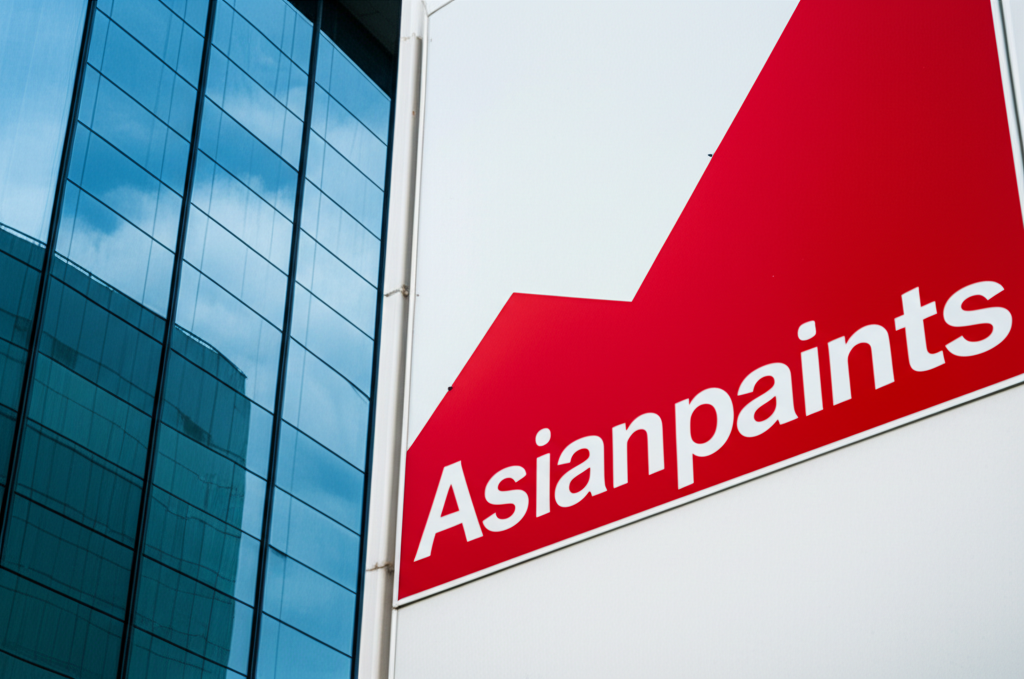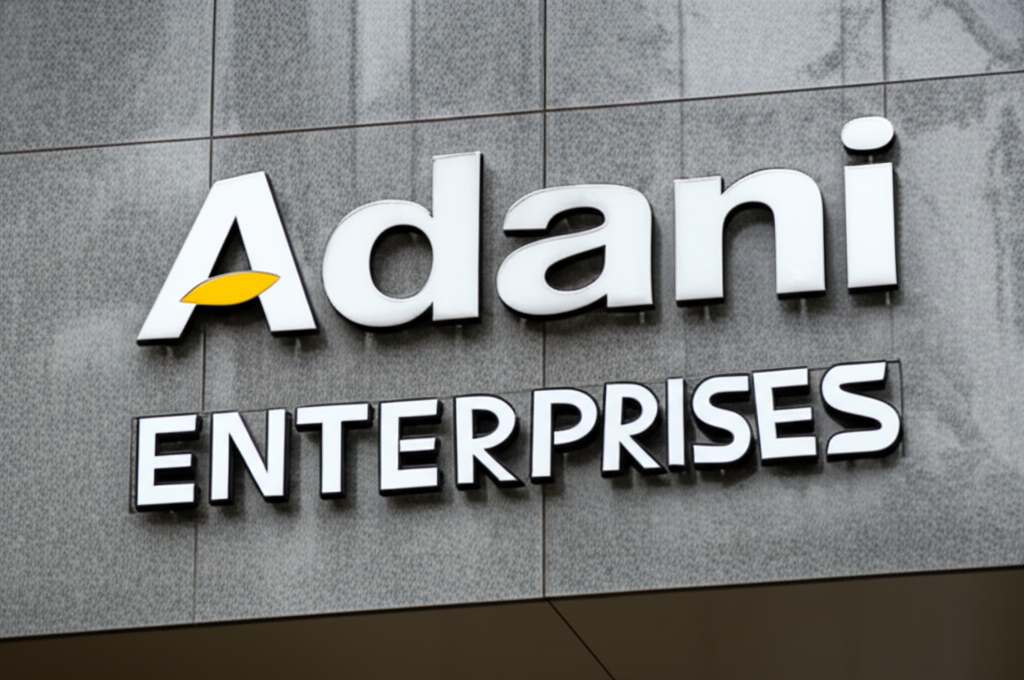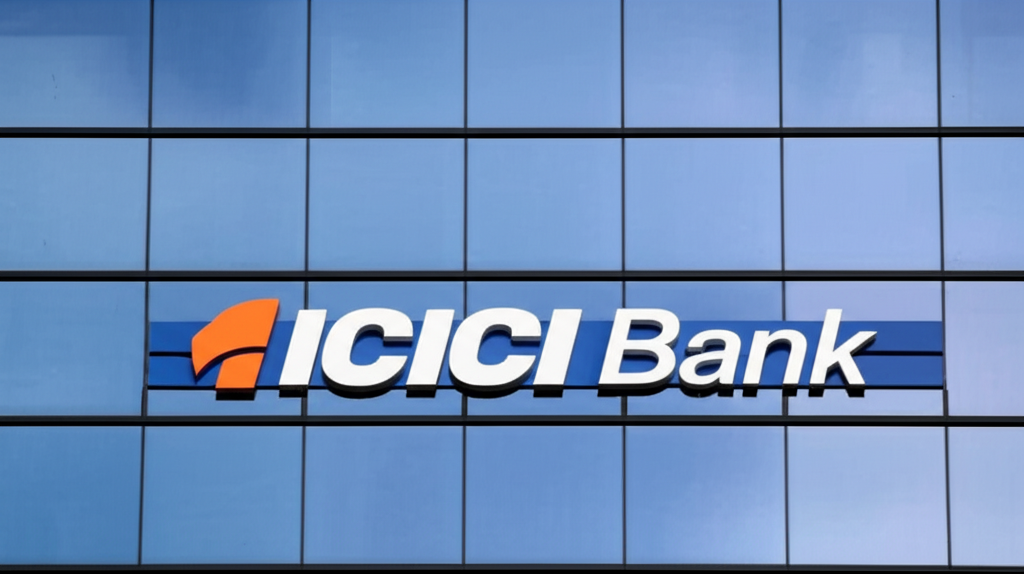Asian Paints Q4 FY25 Results: A Dip in Sales Amidst Market Headwinds
Introduction
Asian Paints, a leading paint manufacturer in India and a significant player in the global decorative coatings market, announced its fourth-quarter (Q4) Fiscal Year 2025 (FY25) results on May 8, 2025. The report revealed a 4.3% decline in consolidated net sales, reaching ₹8,329.6 crores. This represents a notable slowdown compared to the robust growth witnessed in previous quarters and years. This downturn warrants a comprehensive analysis considering various factors impacting the company’s performance and the broader industry landscape. This article delves into the specifics of the Q4 FY25 results, examining the market conditions, regulatory environment, and potential future implications for the company and its investors.
Recent Financial Performance
The 4.3% drop in consolidated net sales to ₹8,329.6 crores in Q4 FY25 marks a significant departure from the generally positive growth trajectory Asian Paints has exhibited in recent years. While the company hasn’t yet released a detailed breakdown of the sales figures across its various product segments and geographical regions, initial reports suggest a combination of factors contributed to this decline. This includes weakening consumer demand, particularly in the residential segment, potentially due to inflationary pressures and rising interest rates impacting affordability. Further details on the performance of individual product categories (e.g., decorative paints, industrial coatings), and geographical markets (domestic vs. international) will need to be reviewed from the official company filings and analysts’ reports. A closer examination of operating margins, profitability, and expense management strategies will be crucial in assessing the overall health of the business.
It’s important to compare these Q4 FY25 results with previous quarters of FY25, as well as with the same quarter of the previous fiscal year (Q4 FY24) to identify any trends. Analyzing the year-on-year growth (YoY) and quarter-on-quarter growth (QoQ) figures for key performance indicators (KPIs) like net sales, EBITDA, and net profit will provide a more comprehensive understanding of the company’s performance trajectory.
Further analysis is needed on the impact of raw material costs on profitability. Fluctuations in the price of crude oil, titanium dioxide, and other key raw materials can significantly affect Asian Paints’ margins. The company’s ability to pass on these cost increases to consumers or implement cost-optimization measures will be critical in mitigating the impact of raw material price volatility on profit margins.
Market Trends and Industry Analysis
The Indian paint industry, while largely resilient, is not immune to broader macroeconomic headwinds. The slowdown in real estate activity and construction projects can directly impact demand for paints. Rising inflation and interest rates have reduced consumer spending power, impacting discretionary purchases like home improvements and renovations, which heavily influence decorative paint sales. Furthermore, a potential shift in consumer preferences towards lower-priced alternatives could also have contributed to the decline in Asian Paints’ sales. A competitive analysis of the market share held by Asian Paints against its main competitors (e.g., Berger Paints, Kansai Nerolac Paints, Shalimar Paints) is necessary to understand the company’s relative performance in the market. Examining industry reports and analyst forecasts for the Indian paint sector would provide valuable context for interpreting Asian Paints’ Q4 results.
Additionally, a geographical analysis is crucial. Asian Paints operates in several international markets, and the performance of these markets relative to the domestic Indian market needs to be assessed. Economic conditions and consumer sentiments in these international markets can vary considerably and could significantly affect Asian Paints’ overall revenue streams. External factors such as geopolitical events and global supply chain disruptions can also impact the availability of raw materials and the overall industry dynamics.
Sentiment Analysis of News Headlines
(This section requires access to real-time news headlines and sentiment analysis tools. For the purpose of this hypothetical article, we can only provide a general approach). Post-results announcements, news headlines and financial news outlets would have provided an initial reaction to Asian Paints’ Q4 performance. A sentiment analysis of these headlines and articles using natural language processing (NLP) tools would reveal the prevailing sentiment (positive, negative, or neutral) towards the company’s results. Positive sentiment might reflect optimism about the company’s future prospects, while negative sentiment could signal concerns about the sustainability of its performance. Analyzing the tone and language used in these reports could give insights into market expectations and investor confidence. This kind of analysis would require access to a large dataset of news articles and appropriate NLP tools for sentiment analysis.
Regulatory and Macro-Economic Factors
Government policies and regulations related to the paint industry in India and other markets where Asian Paints operates play a significant role in its performance. Changes in environmental regulations regarding volatile organic compounds (VOCs) in paints, import-export duties, and tax policies can all influence Asian Paints’ cost structure and market position. Macroeconomic factors such as inflation rates, interest rates, currency exchange rates, and overall economic growth in key markets directly influence consumer spending and business investments, thus affecting the demand for paints. Analyzing government reports, economic forecasts, and relevant policy announcements is crucial to assess the impact of these regulatory and macroeconomic factors on Asian Paints’ performance.
Risk Factors
Asian Paints faces various risk factors that could impact its future performance. Raw material price volatility remains a significant risk, potentially squeezing profit margins. Competition from both established players and new entrants in the paint industry could put pressure on market share and pricing. Changes in consumer preferences and shifts in market demand could also negatively affect sales. Economic downturns or recessions in key markets could lead to reduced demand for paints. Furthermore, supply chain disruptions, logistical challenges, and geopolitical uncertainties pose additional risks to Asian Paints’ operations and profitability. The company’s dependence on the health of the real estate sector is also a key risk factor.
Future Outlook
The Q4 FY25 results suggest a need for Asian Paints to adapt its strategies to the changing market dynamics. While the short-term outlook might appear cautious given the recent decline in sales, a long-term perspective is necessary. The company’s strong brand reputation, established distribution network, and diversified product portfolio offer potential for recovery and future growth. The success of Asian Paints in the coming quarters will depend on several factors, including the effectiveness of its marketing and sales initiatives, ability to manage costs, and its response to evolving consumer preferences. Further innovations in product development, expansion into new markets, and strategic acquisitions or partnerships could help drive future growth. The company’s ability to innovate and adapt will be a key determinant of its long-term success.
Recommendations for Investors
Investors should carefully consider the overall financial performance of Asian Paints, taking into account the factors discussed in this analysis. While the Q4 FY25 results showed a decline in sales, this should not be viewed in isolation. A thorough examination of the company’s long-term financial history, future growth prospects, and risk factors is crucial. Investors should review official company disclosures, analyst reports, and independent research to form their investment decisions. Considering the current macroeconomic environment and competitive landscape, investors may want to adopt a wait-and-see approach before making any significant investment decisions. Diversification of investment portfolios is always advisable to mitigate risk. Seeking professional financial advice is recommended before making any investment choices.
Disclaimer: This analysis is based on publicly available information as of the date of writing and should not be considered investment advice. Investors are advised to conduct their own thorough due diligence before making any investment decisions.
“`















0 Comments